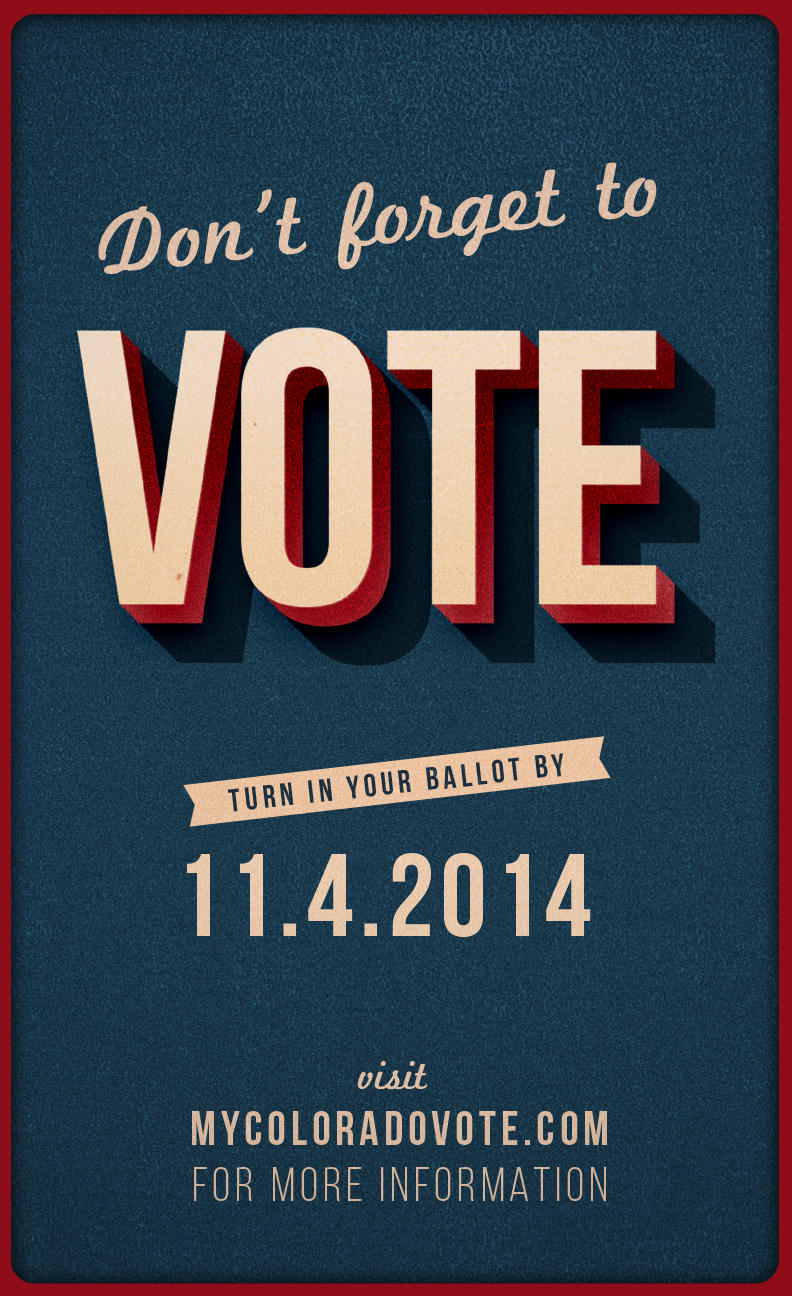
Getting different constituent databases to talk to each other is harder than tracking down the mythical unicorn of the sea.
There’s some pretty interesting and innovative stuff helping marketers and media managers get messages to the right audiences.
First, a story on the Obama re-election team’s Project Narwhal. As anyone who has worked at a non-profit or corporation that maintains databases (e.g., every organization and non-profit, everywhere) knows, getting all your customer or constituent information all in one place is a difficult and evasive task. Different systems track payments, donations, volunteer actions, inquiries, help requests, and demographic data. Getting all that information in single, consolidated, user-friendly system is neigh impossible – different individuals – even different departments – have ownership of that data, and they’re not always willing (or even able) to share.
From the article:
Even as the outside world marveled at their technical prowess, Obama campaign staffers were exasperated at what seemed like a basic system failure: They had records on 170 million potential voters, 13 million online supporters, 3 million campaign donors and at least as many volunteers—but no way of knowing who among them were the same people.
But Project Narwhal attempts to tackle this disconnect and create the mythical sea unicorn of voter databases:
Narwhal would bring new efficiency across the campaign’s operations. No longer will canvassers be dispatched to knock on the doors of people who have already volunteered to support Obama. And if a donor has given the maximum $2,500 in permitted contributions, emails will stop hitting him up for money and start asking him to volunteer instead. Those familiar with Narwhal’s development say the completion of such a technical infrastructure would also be a gift to future Democratic candidates who have struggled to organize political data that has been often arbitrarily siloed depending on which software vendor had primacy at a given moment.
Good news for all our friends holding office and running campaigns, for certain, not to mention a great way for voters themselves to be kept up to speed on specifically the issues they care most about.
In related news, a new billboard in the UK is using facial recognition technology to determine your gender, and then changes the content of the ad itself depending on who it thinks you are:
Women who walk up to the billboard, which is located at a London bus stop and will be viewable for two weeks, are greeted with a 40-second film explaining the plight of women and girls in poor countries around the world, who often are denied eduction and opportunities that are afforded to men.
Men, however, get a cut-down version of the content. They can’t see the film, but they do get to see shocking statistics about the situation, like the fact that 75 million girls are denied education.”
Actually a pretty clever application, given that the intent of the ad is to highlight different in the way men and women are treated in a circumstance much more serious and life-changing than a bus stop billboard.

